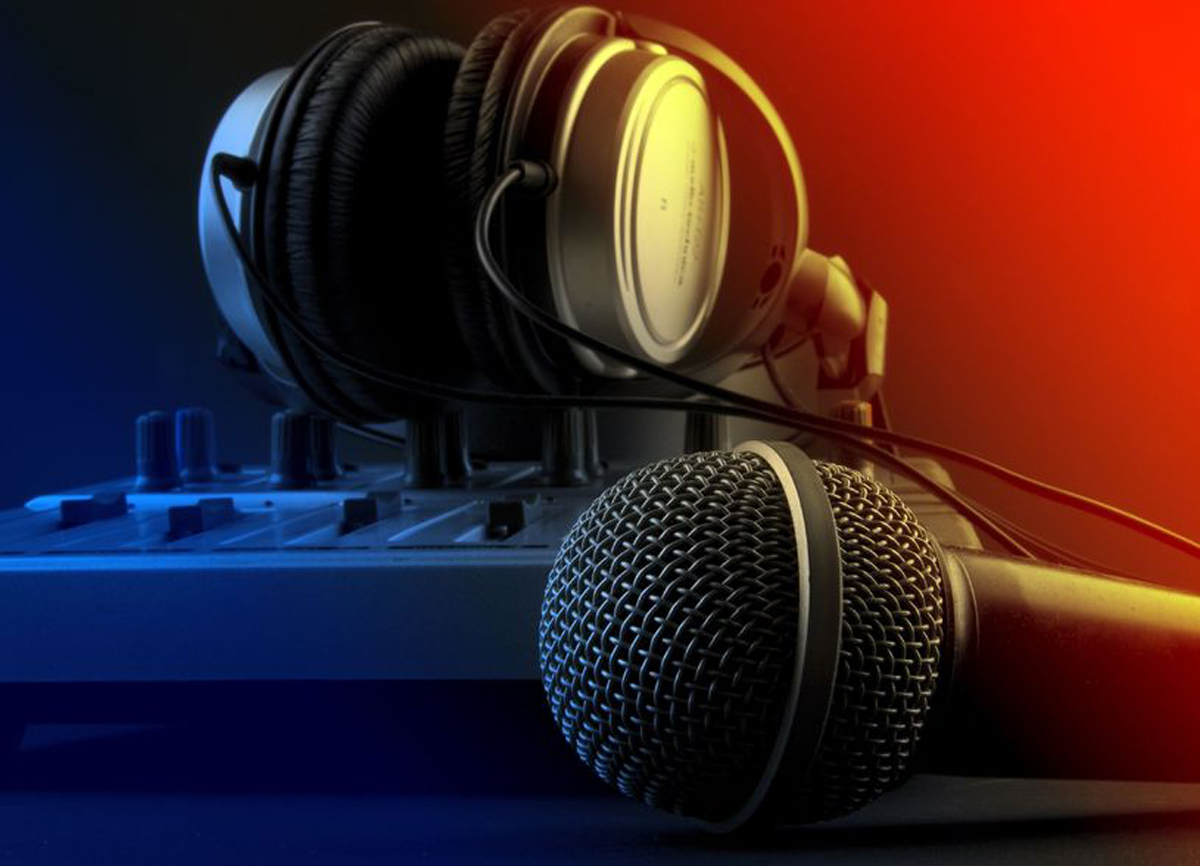
Reliable Tool
For every gig, I usually carry at least one unit that I call a “utility mixer,” and sometimes bring along an additional 6-channel powered mixer.
Fortunately, I’ve not suffered dead console syndrome since that corporate gig, but I’ve come to rely on my utility mixer in a variety of valuable ways.
Sub-mixing. I can’t count the times I needed more inputs, usually because a band showed up and was larger than what was advanced – or more common, the band was never advanced. Typical uses include sub-mixing toms on a drum set, percussion instruments, keyboards, or a horn section.
In addition to sub-mixing musical instruments, at corporate gigs I’ve grouped panel and audience Q&A mics in a sub-mixer.
Announcer Station. Utility mixers work well for an announcer station. It gives announcers a “cough button” (a.k.a., mute switch) and provides them with a good headphone amplifier. I also feed the program from the main console into the mixer so announcers can mix in the program audio to their headphones.
Press Mult. While most small mixers don’t provide a ton of outputs, they can still be valuable as a press mult in a pinch. The left, right and mono outputs can provide mic or line level outputs – and by using a few 1/4-inch-to-XLR adapters – the aux outputs, control room outputs and even the direct channel output can feed a signal to a camera.
Phantom Power Supply. I’ve had to work with in-house A/V gear on a few occasions where I wanted to change out the dynamic handheld mic they provided on the podium (usually placed in a gooseneck that won’t support the microphone’s weight) to a regular podium gooseneck condenser.
Sometimes, the house mixer either doesn’t provide phantom power, or I don’t have access to the mixer to engage the phantom power. A utility mixer can be used to provide the necessary phantom to the condenser mic, and gives you a bit of EQ to boot.
Mic Splitter. Several times I’ve been asked by presenters to provide a feed to a small recorder so they can record their presentation for later review and/or archival purposes. If I’m using the facility’s provided system, outputs are sometimes limited.
A small mixer inserted between the podium mic and the house console provides an output for the recording unit, as well as some EQ dedicated just to the recording.
Distribution Amp. Supplying a distributed system at a large casino property for a fireworks show, we quickly realized that there were some reliability and quality with some of the signal being run wirelessly to some of the remote loudspeakers.
So we ran cable to them; in fact, more than 1,000 feet of cable. A utility mixer placed centrally at the remote location provided a quick tap for those loudspeakers, and it also acted as the distribution amplifier, splitting and boosting the signal to additional locations.
Effects. It’s not uncommon to get a request to provide a mic for a singer at a small corporate meeting. This may be for an a-cappella rendition of the national anthem, or just a certain song accompanied by a track.
When I provide my small speech rig, I also have the capability to use some reverb on the singer, but when I’m freelancing, I can’t always count on having an effects unit available. Many utility mixers have built-in effects, including some really nice reverbs, and can be patched into the system for this purpose.
